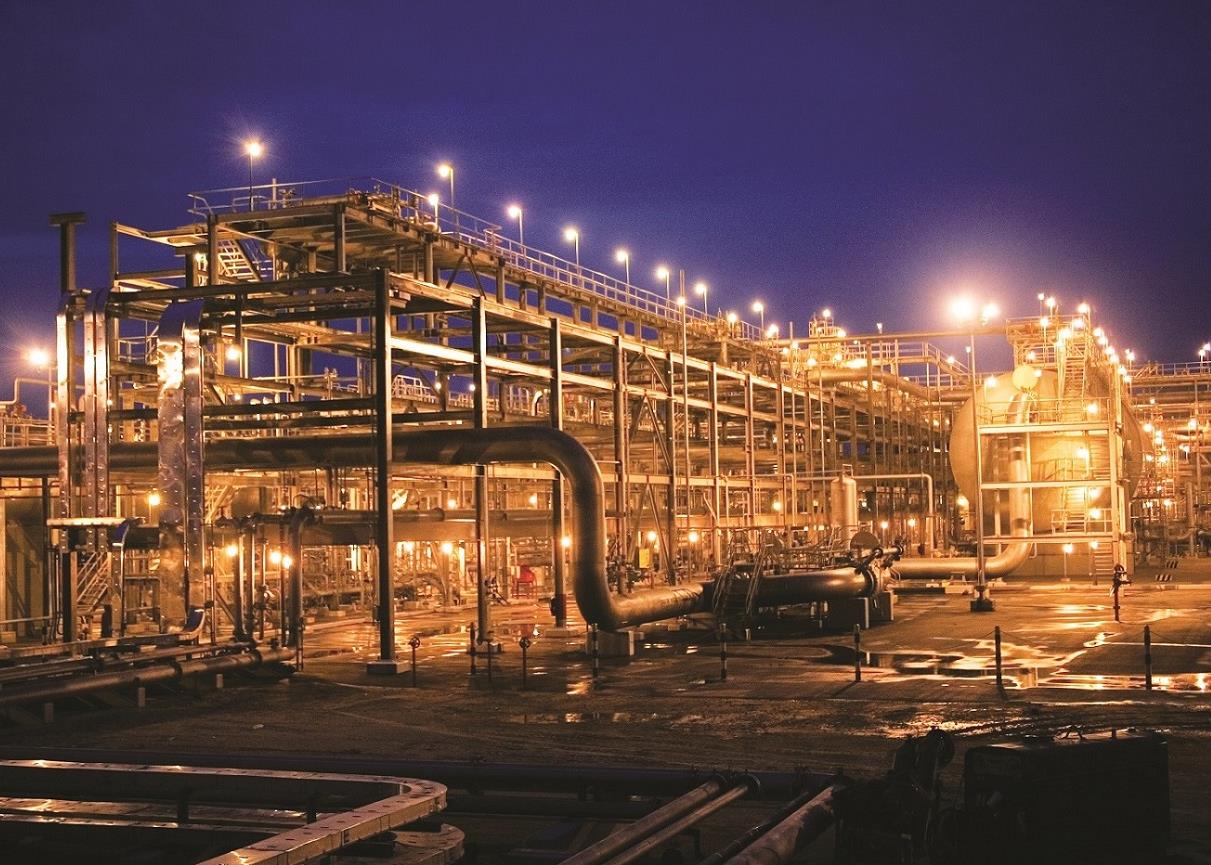
Bank liquidity could be starting to tighten
Liquidity in the Saudi Arabian banking system could be beginning to tighten in a sign that banks will finally be able to start increasing the interest rate that they charge borrowers.
The loan-to-deposit ratio of the Saudi banking system has risen in August, the fifth consecutive monthly rise and a sign that banks are making progress in building up their asset book. The latest figures from the Saudi Arabian Monetary Agency (Sama) show that the loan-to-deposit ratio rose to 78.7 per cent, from 77.9 per cent in July. Although this is still significantly below the 85 per cent regulatory limit imposed by Sama on each bank, the rise is an indication that a long period of excess liquidity in the local banking system could be beginning to change.
In April 2011, the loan-to-deposit ratio had fallen to a low of 71.5 per cent. Since then it has charted an upward course in all, but three months. “The loan-to-deposit ratio is rising and that could potentially be a concern if that trend continues,” says one investment banker at a large Saudi lender. “The thing that could change that of course is if we start some large deposits coming into the system.”
During the year so far, year-on-year loan growth each month has been between 10-15 per cent, deposit growth has failed to match that pace. Since March, deposits have risen by around 10 per cent a month.
There are signs though that the government is attempting to reduce its borrowing from the banks in a bid to leave credit available for the private sector. Bank claims on the government actually fell for the second month running in August, by just over 12 per cent.
So far, the bulk of credit growth has been concentrated on blue-chip private companies or state-owned firms like Saudi Aramco, Saudi Basic Industries Corporation (Sabic) or Saudi Arabian Mining Company (Maaden). These firms have been able to capitalise on banks’ hunger to lend by booking large deals at low interest rates. Borrowers viewed as being of lower credit quality have been to some degree crowded out.
The huge volume of deals in the pipeline also suggests that bank lending is set to continue its fast pace of growth. Several investment bankers say they have already exceeded their budgets for 2012 and are starting to line up deals for next year.
Bankers will be most keen for pricing on loans to start rising from the low rates of the past few years. The competition to put excess liquidity to use led to banks offering huge ticket sizes to a single transaction. If liquidity does become tighter, then loan pricing will start to rise.
You might also like...

Aramco allows more time for MGS package revised prices
18 April 2024

Morocco tenders high-speed rail project
18 April 2024

Egypt resumes power cuts
18 April 2024

Petrofac awards carbon capture sub-contract
18 April 2024
A MEED Subscription...
Subscribe or upgrade your current MEED.com package to support your strategic planning with the MENA region’s best source of business information. Proceed to our online shop below to find out more about the features in each package.




